I will never stop loving cartoony cel-shading
At the dawn of the sixth console generation, back in the early 2000s, a new trend emerged, utilising the latest in graphics processing to deliver a graphical style unlike anything we had seen before. Known as cel-shading, the look sought to imitate the look and feel of cartoons and comic books, and was heavily touted as The Next Big Thing™. The style was highly divisive, earning itself just as many zealous proponents as detractors. After several years of market saturation, the style faded away, almost overnight, and is rarely seen these days. Which is a shame, as I absolutely freaking love it.
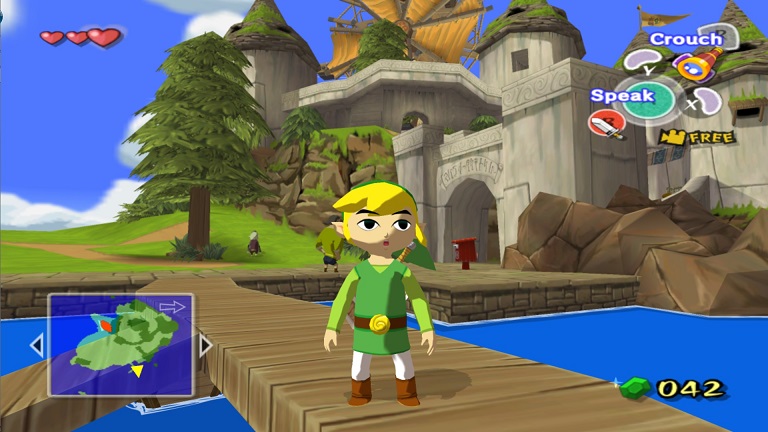
The first time I saw it in action was in Klonoa 2, a sequel to one of my all-time favourite games. At the time though I was dazzled by the graphical power of the PS2 and I didn’t really notice the artstyle itself. It lacked the thick black lines and heavy shadows most associated with the technique, the game wasn’t intentionally trying to evoke the comic-book “look” most often associated with cel-shading.
Instead, my love affair started proper with vehicular combat game Cel Damage. While the look was very much in its infancy and a little rough around the edges, it didn’t matter to me. It was still unlike anything I had ever seen in gaming before, and suited the cartoon violence and fast-paced gameplay perfectly.
From there, I was hooked, and often found myself drawn to anything exhibiting the trademark bold, bright colours and chunky, angular linework. Sly Raccoon, Legend of Zelda: The Windwaker, Futurama, XIII; I played and loved every one of them. Of course, none of these could hold a candle to the true champions of the style, Capcom.
Out of all the companies out there, Capcom were the ones who pushed cel-shading the hardest, incorporating it into over a dozen games, including entries in their long-running Megaman X and Breath of Fire franchises. By far their most famous usage was by their subdivision Clover Studio, who created the games Viewtiful Joe and Okami. While not my personal favourites (something about the sketchier look and mismatched textures, combined with their usages of transparency and after effects rubbed me the wrong way) they are some of the most well-known and visually impressive games of the sixth generation.
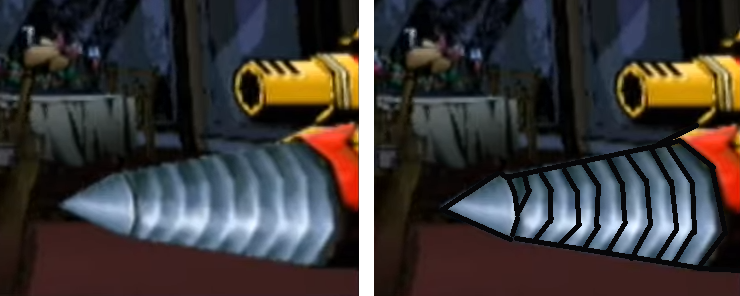
My personal favourites, however, were two of Capcom’s lesser-known releases. First their arcade racer, Auto Modellista, which as far as I am concerned is still one of the best-looking games of all time. I’m not even a big racing fan, but I simply HAD to get this game for the visuals. Each screenshot looks like it could just as easily be a hand-drawn frame from a manga, it’s simply gorgeous.
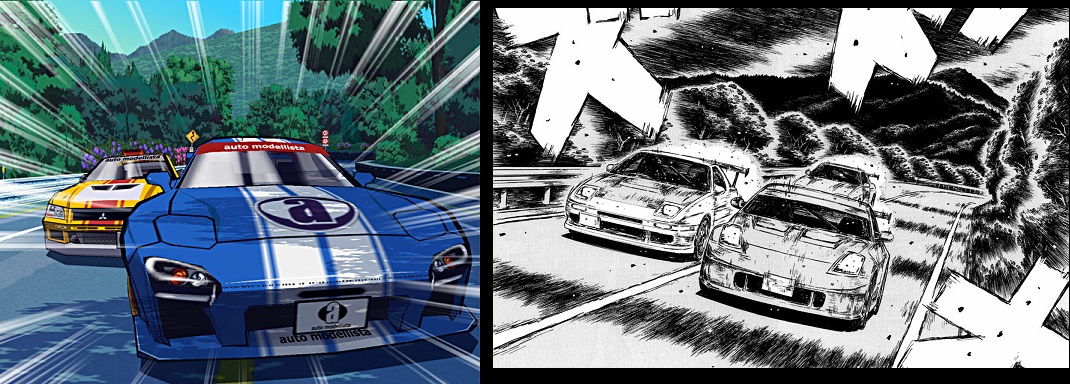
Secondly, another one of my all-time favourite games, killer7. What made killer7 stand out is just how far it attempted to push the style beyond what we had seen before. A few of these attempts, like Viewtiful Joe, fell flat for me, but some of them were absolutely inspired. The decision to apply colour gradients and textures onto the whole screen, painting certain models and backgrounds relative to their position on the screen, was a stroke of pure genius.
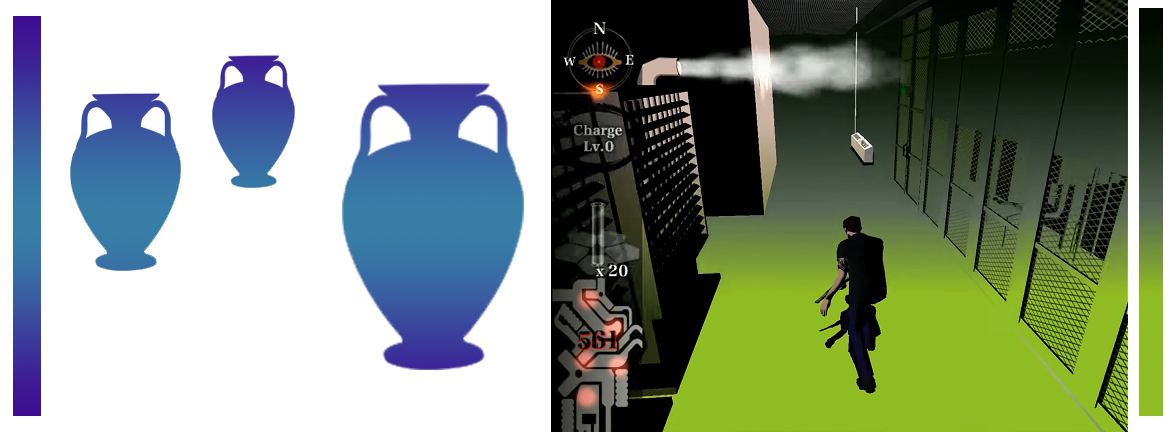
Sadly, since then, the look has gone into a sharp decline. The fad hit critical mass, the gaming public was bored with it, not to mention, as character models got more detailed, the weirder the style looked (see: The Killer is Dead). While cel-shading is still utilised in some games, it is no longer paired with characters models designed to show off the style’s strength, and you end up with games like the XIII remake, which despite having twenty years of technological progress to work with, somehow looks worse than the original, for fear of making it look too angular and cartoony.
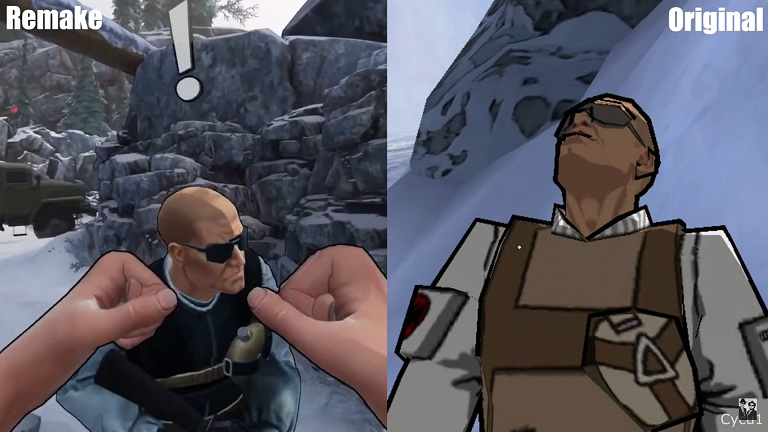
The only series in the last decade that actually pulls the look off well was Telltale’s The Walking Dead series, and now that’s over, all we have to look forward to is the just announced Wipeout Rush, a collectible card game spin-off for smartphones. The best looking game of the year, and its pay-to-win mobile garbage. Thanks universe.
«Back to "Stuff I Like"»
